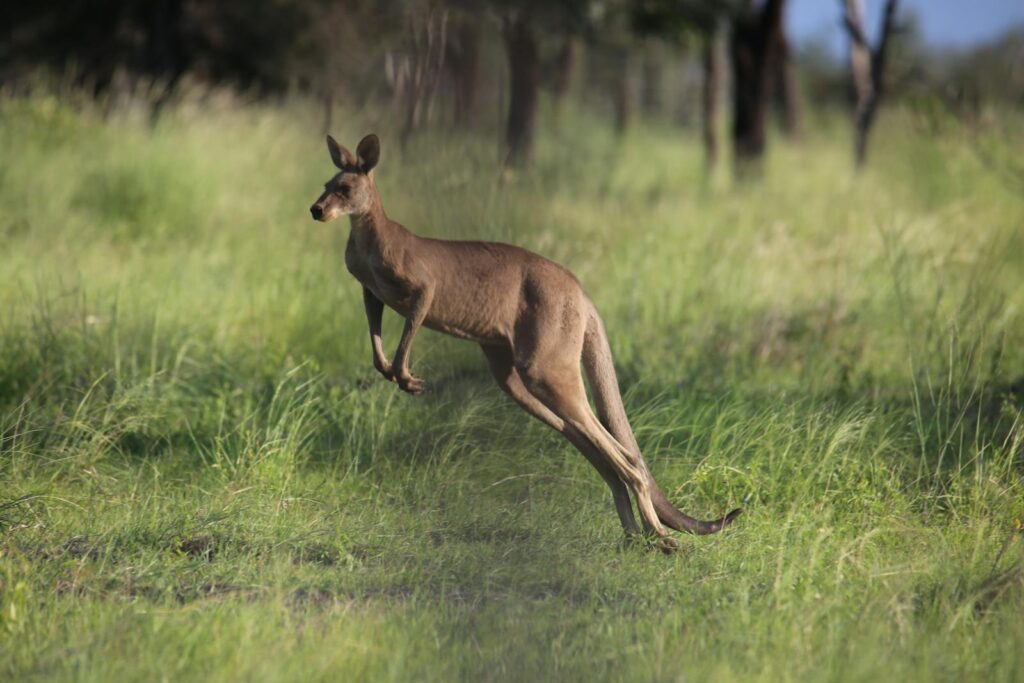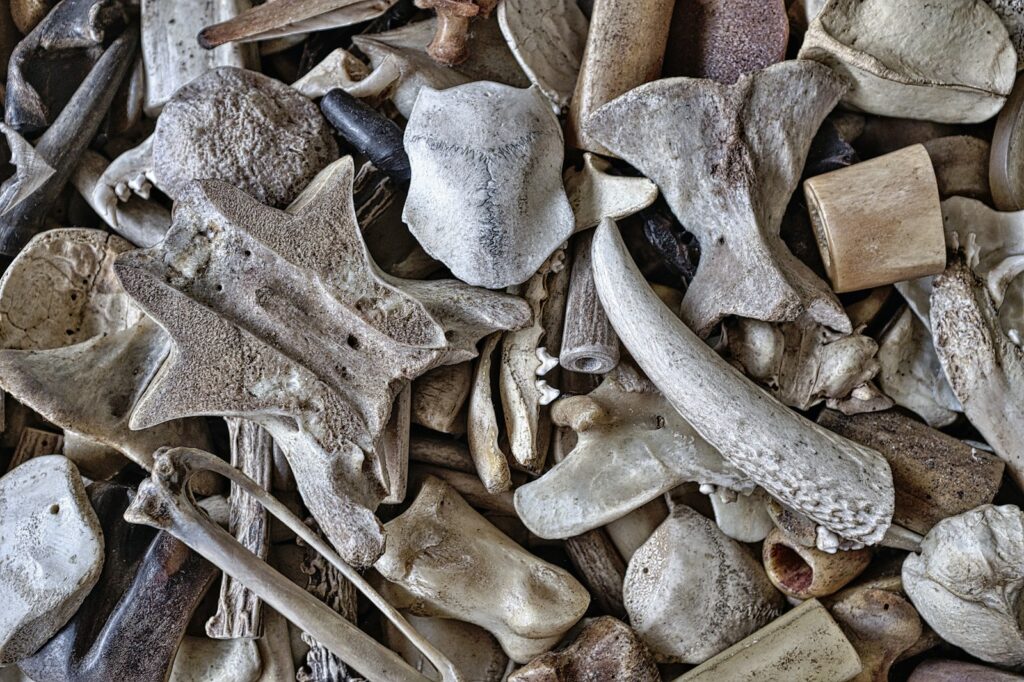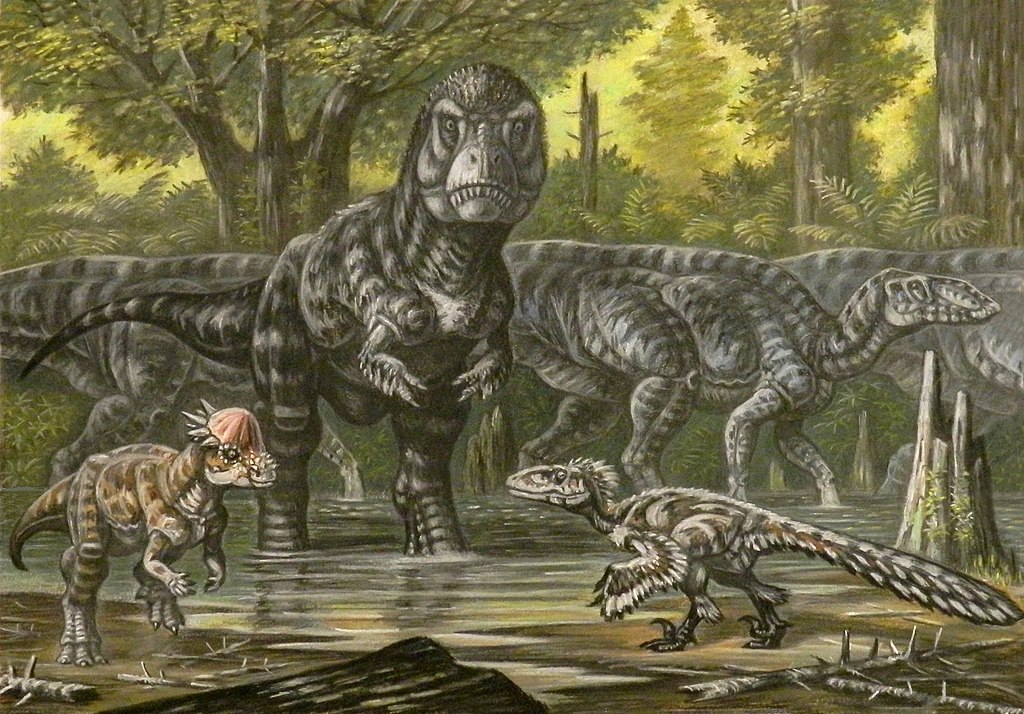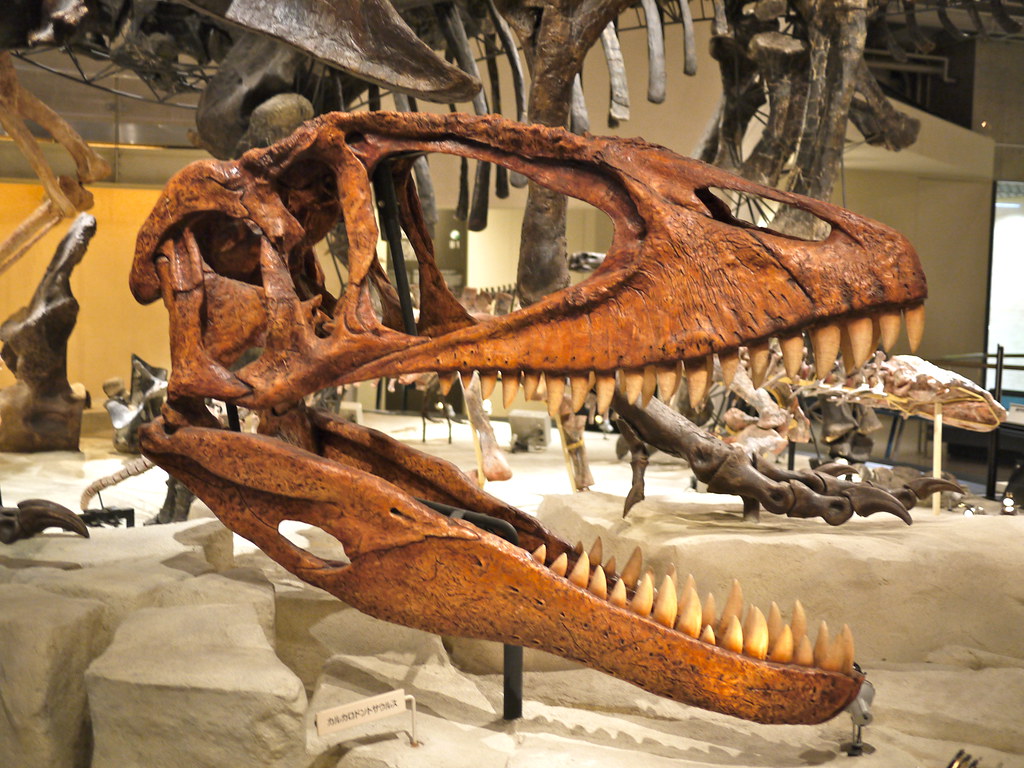Picture yourself standing in the blazing Queensland outback, holding a fossilized bone that hasn’t seen sunlight for 100 million years. That bone once belonged to a creature that roamed ancient Australia when it was a lush, tropical paradise teeming with dinosaurs. Most people think of Australia as the land of kangaroos and koalas, but long before these marsupials dominated the continent, massive reptilian giants ruled supreme. Australia’s dinosaur story is one of the most fascinating and least understood chapters in paleontology, filled with bizarre creatures that defy imagination and discoveries that continue to rewrite textbooks.
The Lost World Down Under

Australia during the Cretaceous period was nothing like the arid continent we know today. Dense rainforests stretched across vast landscapes, inland seas covered enormous areas, and the climate was warm and humid year-round. This prehistoric paradise provided the perfect conditions for dinosaurs to flourish and evolve into unique forms found nowhere else on Earth.
The continent’s isolation, even in ancient times, created a natural laboratory where evolution took surprising turns. While tyrannosaurs dominated North America and massive sauropods thundered across South America, Australia developed its own distinct cast of characters. These weren’t just smaller versions of familiar dinosaurs – they were entirely different beasts adapted to the Southern Hemisphere’s unique environment.
Muttaburrasaurus: Australia’s Gentle Giant

Standing nine meters long and weighing as much as an elephant, Muttaburrasaurus petrified represents one of Australia’s most complete dinosaur discoveries. Found near the tiny Queensland town of Muttaburra, this herbivorous giant possessed one of the most unusual features ever discovered in dinosaur anatomy – a massive, inflatable nasal crest that could produce booming calls across the ancient landscape.
Scientists believe this remarkable creature used its hollow crest like a trumpet, creating low-frequency sounds that could travel for kilometers through dense forests. Imagine herds of these magnificent animals communicating across vast distances, their haunting calls echoing through prehistoric Australia. The discovery of Muttaburrasaurus revolutionized our understanding of dinosaur communication and social behavior.
The Polar Dinosaurs of Victoria
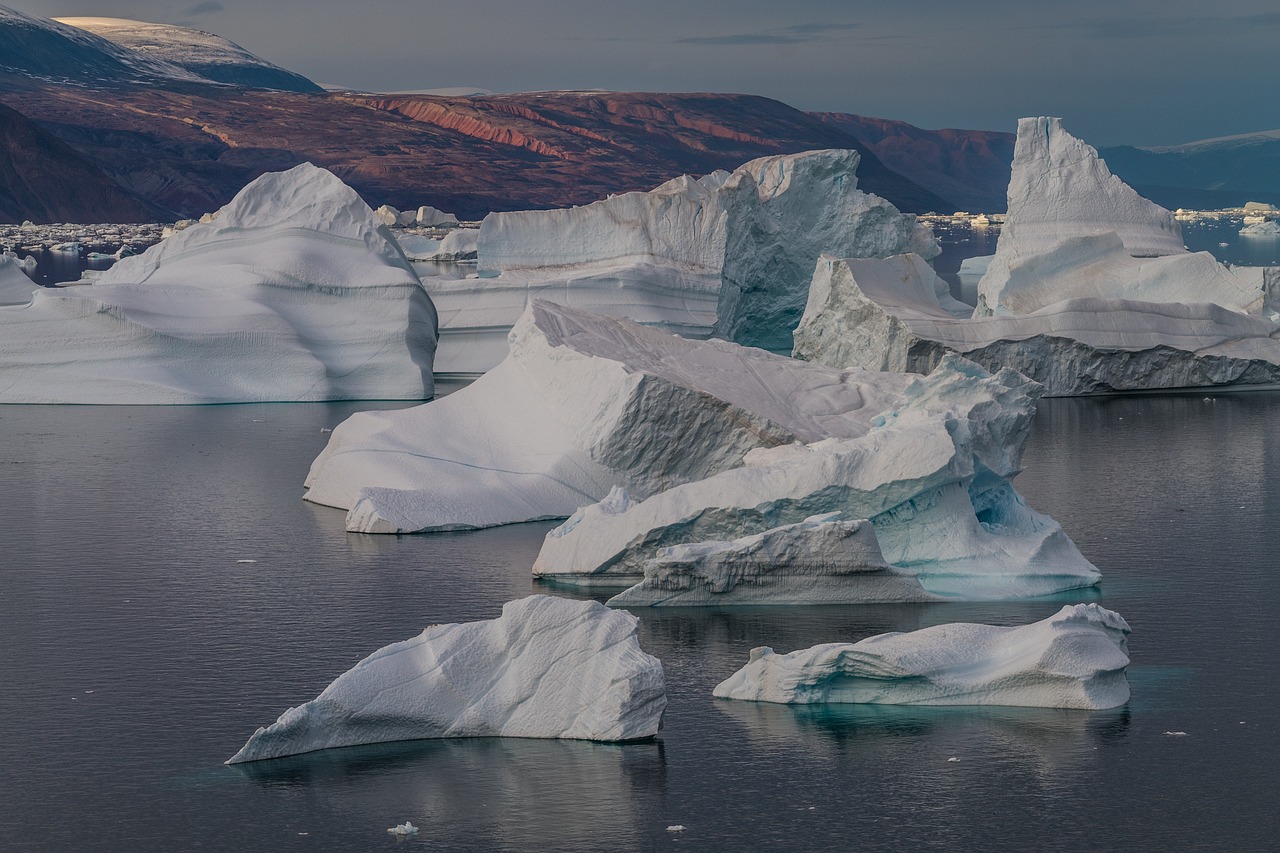
Deep in the coastal cliffs of Victoria lies evidence of one of paleontology’s most shocking discoveries – dinosaurs that lived closer to the South Pole than any others ever found. During the Early Cretaceous, southern Australia experienced months of complete darkness each winter, yet dinosaurs not only survived but thrived in these harsh conditions.
Small theropods like Timimus hermani and ornithopods such as Atlascopcosaurus loadsi developed remarkable adaptations to survive the polar winters. These dinosaurs likely had enhanced night vision, possibly even primitive feathers for insulation, and may have been warm-blooded to maintain their body temperature during the endless polar nights.
Lightning Ridge: Where Opals Meet Dinosaurs
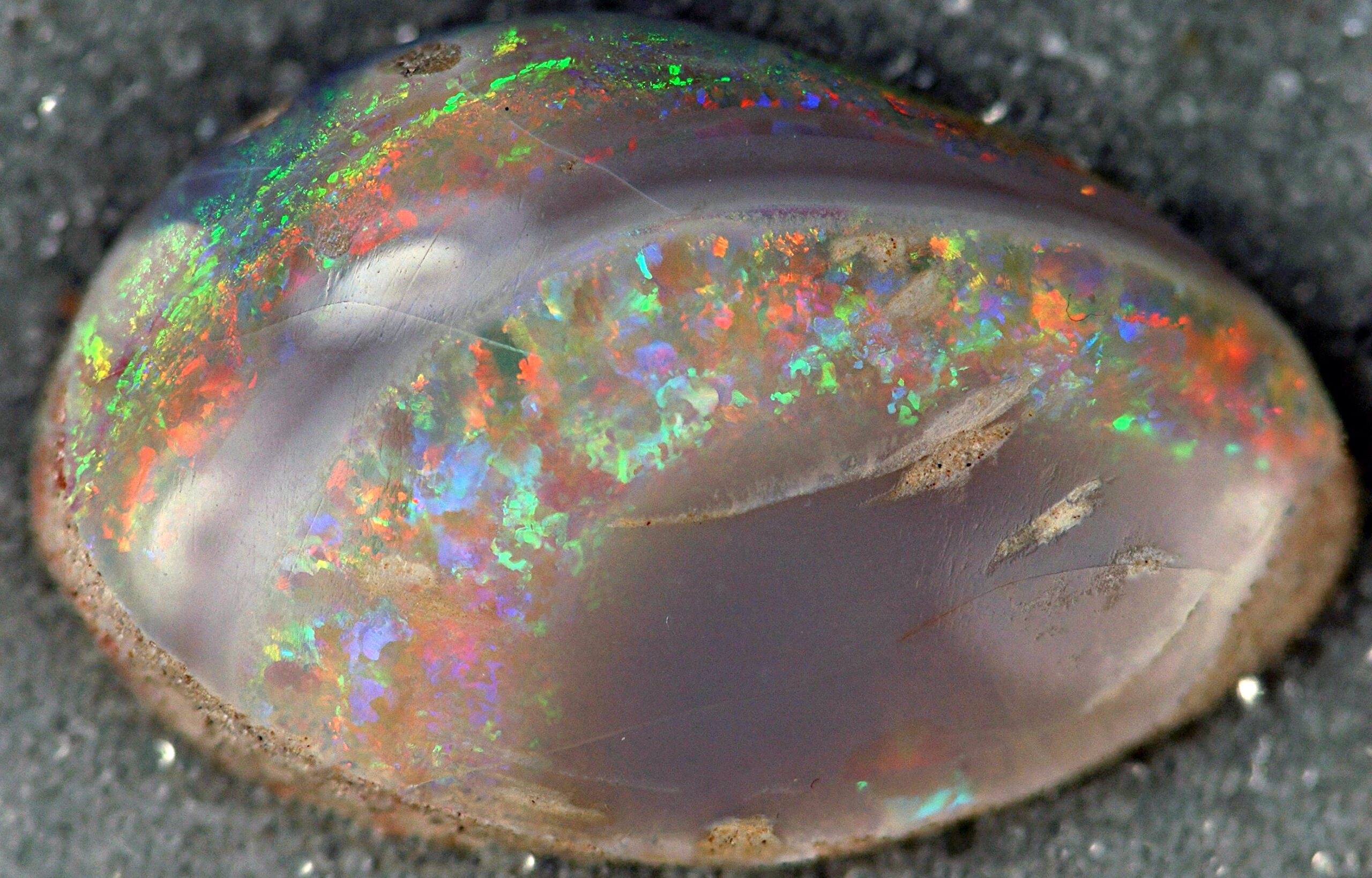
In the opal fields of Lightning Ridge, New South Wales, miners have uncovered some of the world’s most beautiful and scientifically important fossils. Here, dinosaur bones have been replaced by precious opal, creating stunning specimens that sparkle with rainbow colors while preserving incredible anatomical details.
The famous opalised dinosaur “Eric” – a plesiosaur whose bones shine with brilliant blues and greens – demonstrates how Australia’s unique geological conditions preserved these ancient creatures in ways found nowhere else on Earth. Each opalised fossil represents millions of years of precise chemical processes that transformed bone into gemstone while maintaining perfect fossil integrity.
Banjo and Matilda: The Dancing Giants

Uploaded by FunkMonk, CC BY 2.0, https://commons.wikimedia.org/w/index.php?curid=19556691)
Named after characters from Australia’s beloved folk song “Waltzing Matilda,” Banjo and Matilda represent two of the largest dinosaurs ever discovered on the continent. These titanosaur sauropods stretched over 25 meters in length and weighed more than four full-grown elephants combined.
What makes these discoveries particularly exciting is their recent nature – Matilda was only officially described in 2021, proving that Australia still holds countless secrets waiting to be unearthed. The sheer size of these creatures challenges previous assumptions about Australian dinosaurs being smaller than their international cousins, revealing that the continent hosted giants that could rival any found elsewhere.
The Mysterious Theropods of Winton

The fossil-rich rocks around Winton in Queensland have yielded evidence of large predatory dinosaurs that once stalked the ancient Australian landscape. Australovenator wintonensis, nicknamed “Bandit,” represents the most complete predatory dinosaur skeleton ever found in Australia, revealing a sleek, powerful hunter perfectly adapted for pursuing prey through dense vegetation.
Standing three meters tall and stretching eight meters in length, Bandit possessed razor-sharp claws and powerful leg muscles that made it one of the most formidable predators of its time. Unlike the bulky tyrannosaurs of North America, Australian theropods evolved for speed and agility, perfectly suited for hunting in the continent’s forested environments.
Ancient Marine Monsters

While dinosaurs ruled the land, Australia’s ancient seas teemed with equally impressive marine reptiles. Kronosaurus queenslandicus, discovered in Queensland, represents one of the largest marine predators ever found, with a skull alone measuring over two meters in length and jaws powerful enough to crush almost any prey.
These marine giants shared the waters with massive sea turtles, long-necked plesiosaurs, and primitive sharks. The diversity of Australia’s marine fossil record reveals ocean ecosystems of staggering complexity and abundance, where creatures of enormous size competed for dominance in warm, shallow seas that covered much of the continent.
The Feathered Mysteries
Recent discoveries suggest that many Australian dinosaurs may have possessed feathers or primitive plumage, challenging traditional views of dinosaur appearance. While direct evidence remains limited, the presence of small theropods in polar regions strongly implies that insulation was necessary for survival during the harsh winter months.
Scientists speculate that some Australian dinosaurs may have displayed brilliant plumage for mating displays, similar to modern birds. The idea of rainbow-colored dinosaurs strutting through ancient Australian forests might sound fantastical, but mounting evidence suggests this vision may be closer to reality than fiction.
Uncovering the Herbivore Herds
![Uncovering the Herbivore Herds (image credits: i did the image myself based on the information found: [1], [2], [3], [4], [5], and [6], Public domain, https://commons.wikimedia.org/w/index.php?curid=986626)](https://dino-world.com/wp-content/uploads/2025/06/1751273205435_Minmi_paravertebra_dinosauria.png)
Australia’s herbivorous dinosaurs developed unique feeding strategies to exploit the continent’s diverse plant life. Minmi paravertebra, a heavily armored ankylosaur, possessed specialized gut bacteria that allowed it to digest the toughest vegetation, while small ornithopods like Qantassaurus intrepidus moved in large herds to avoid predation.
These plant-eaters shaped the ancient Australian landscape through their feeding habits, creating clearings in forests and dispersing seeds across vast distances. Their ecological impact was so significant that paleobotanists can trace changes in plant communities directly to dinosaur feeding patterns preserved in the fossil record.
The Great Extinction Event
Australia’s dinosaurs faced the same catastrophic extinction event that ended dinosaur dominance worldwide 66 million years ago. However, evidence suggests that some Australian species may have survived longer than their northern hemisphere cousins, taking advantage of the continent’s isolation and stable climate.
The transition from the dinosaur-dominated Cretaceous to the mammal-dominated Paleogene period occurred gradually in Australia, with some dinosaur lineages potentially persisting for millions of years after the mass extinction. This extended survival provides crucial insights into how ecosystems recover from global catastrophes.
Modern Dinosaur Descendants
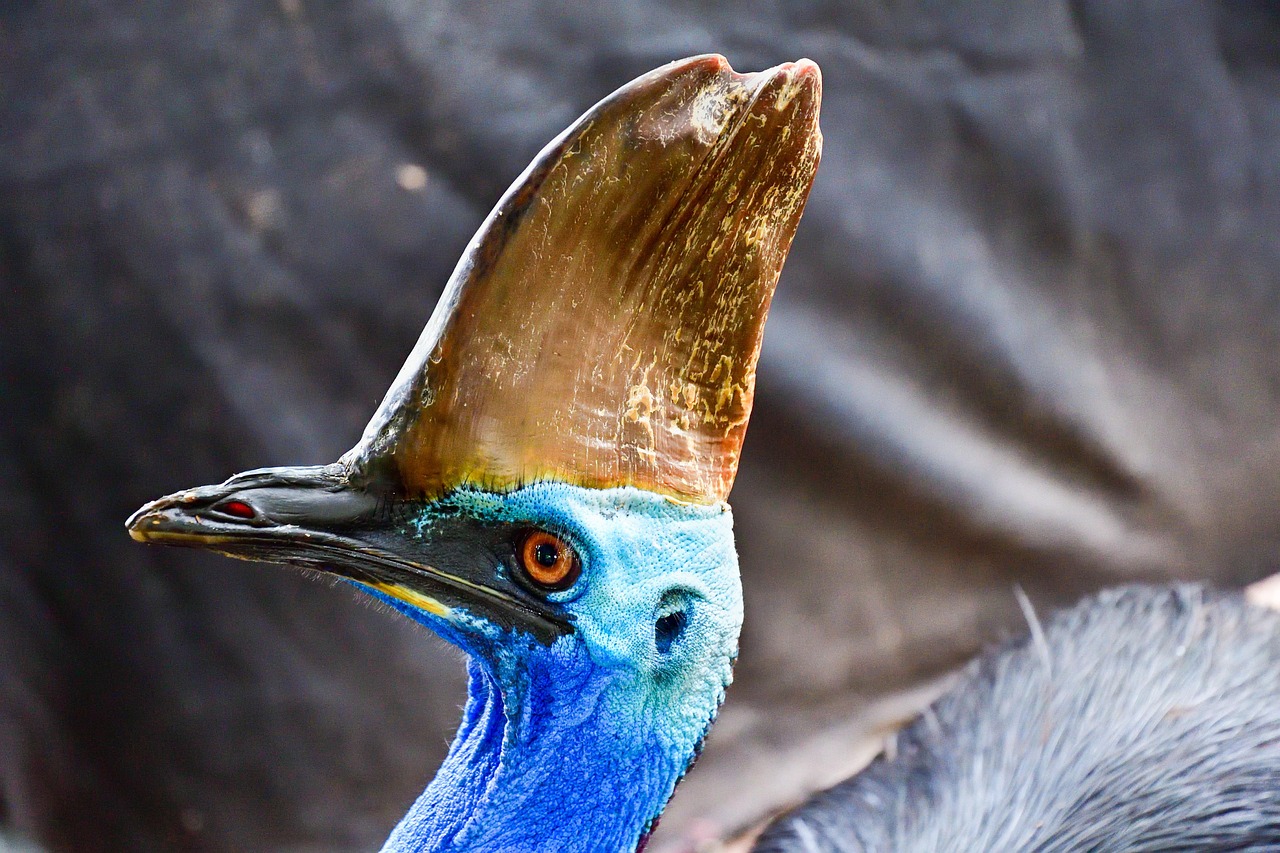
Australia’s unique bird fauna includes direct descendants of the continent’s ancient dinosaurs, with cassowaries representing perhaps the closest living relatives to the fierce theropods that once stalked the landscape. These flightless giants retain many dinosaurian characteristics, including powerful legs, sharp claws, and aggressive territorial behavior.
The evolution from dinosaurs to modern birds is particularly well-documented in Australia, where fossil evidence shows a clear progression from small feathered dinosaurs to primitive birds to the diverse avian species that populate the continent today. This evolutionary story continues to unfold as new discoveries fill gaps in our understanding.
The Megafauna Connection
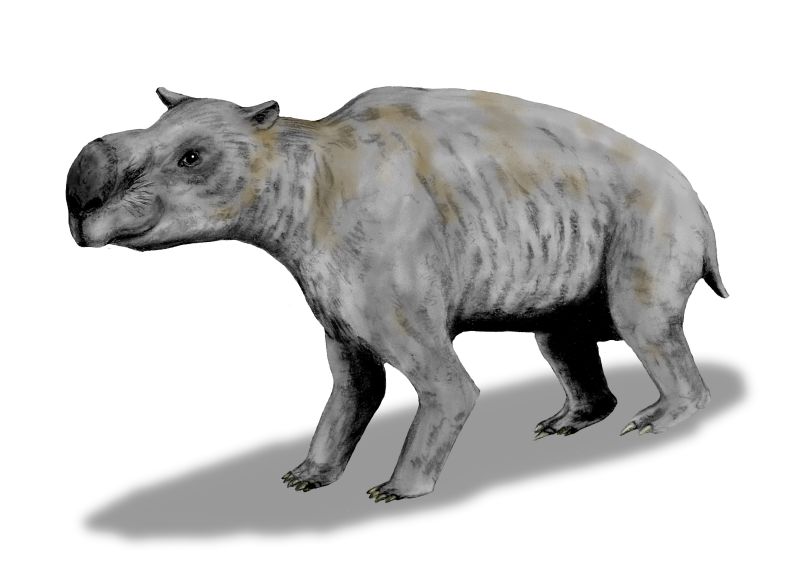
Australia’s dinosaur legacy extends far beyond the Cretaceous extinction, influencing the evolution of the continent’s famous megafauna millions of years later. Giant marsupials like Diprotodon and predatory birds like Dromornis inherited ecological niches once occupied by dinosaurs, demonstrating evolution’s tendency to fill similar roles with different types of organisms.
The hunting strategies of ancient theropods can be seen echoed in Australia’s extinct giant monitor lizards, while the social behaviors of herbivorous dinosaurs mirror those of massive wombat-like creatures that roamed the continent until just 50,000 years ago. This evolutionary continuity reveals how ancient patterns persist across vast spans of time.
Future Discoveries Await
Australia’s dinosaur story is far from complete, with new species being discovered regularly and existing specimens revealing fresh secrets through advanced analytical techniques. The application of CT scanning, chemical analysis, and digital reconstruction continues to unlock information from fossils that have sat in museum collections for decades.
Remote sensing technology and satellite imagery are identifying new fossil sites across the continent’s vast interior, while citizen scientists and amateur paleontologists contribute crucial discoveries that expand our understanding. The next breakthrough might come from a weekend fossil hunter in the Queensland outback or a construction project in suburban Melbourne.
Preserving Australia’s Paleontological Heritage

The unique nature of Australia’s dinosaur fossils makes their preservation critically important for global scientific understanding. Many sites face threats from mining, urban development, and climate change, making documentation and protection efforts increasingly urgent.
Educational programs and museum displays play crucial roles in connecting the public with their prehistoric heritage, fostering the next generation of paleontologists and conservationists. The story of Australia’s dinosaurs belongs not just to scientists but to everyone who calls this continent home, representing a shared legacy that stretches back over 100 million years.
Australia’s dinosaurs reveal a prehistoric world more diverse, complex, and fascinating than anyone could have imagined just decades ago. From the trumpeting calls of Muttaburrasaurus echoing across ancient forests to the sparkle of opalised bones in museum displays, these discoveries connect us to an incredible chapter in our planet’s history. The continent’s unique position and isolation created evolutionary experiments that produced creatures found nowhere else on Earth, challenging our understanding of dinosaur biology, behavior, and adaptation. As new fossils emerge from the red earth and advanced technologies unlock secrets from existing specimens, Australia’s dinosaur story continues to evolve, promising revelations that will reshape paleontology for generations to come. What other ancient giants still lie buried beneath the Southern Cross, waiting to tell their stories?

